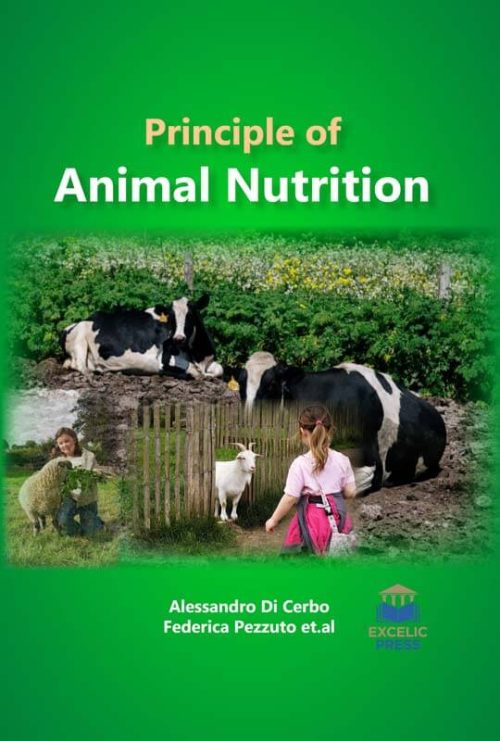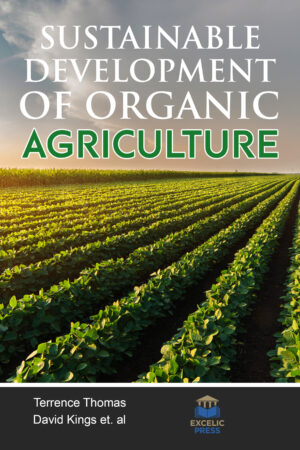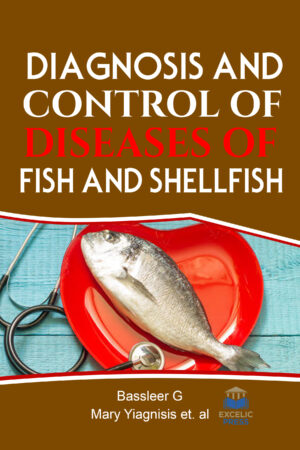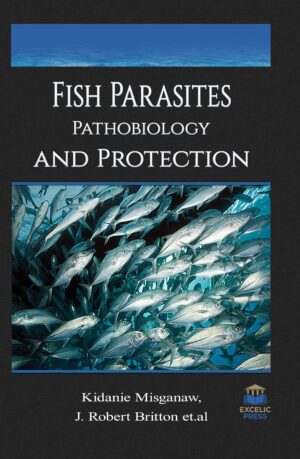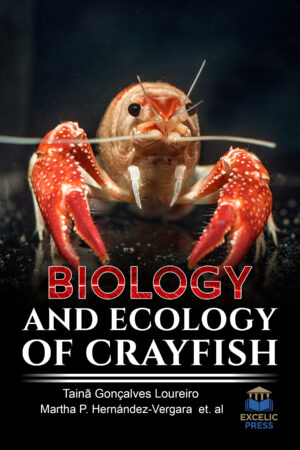Description
Animal nutrition is a vital part of animal production. It has changed radically as a result of developments in several other areas of animal science and also because of alterations in animal husbandry practices. Nutrition could be a serious limitation to animal production especially when feed resources are inadequate in both quality and quantity. Global animal production over the years has increased consistently and brought about increases in animal numbers. However, these increases in the number of animals have not always been accompanied by improved availability of animal feed resources. Feed quality and quantity combined with low producer prices have often forced farmers and feed producers to remain at low levels of animal feed production, compensated by large numbers of animals.
This book reviews the current and future trends in the improvements being made in livestock nutrition and feed resources. Comparative nutrition and nutritional studies relevant to all domestic and nondomestic species are focused, including ruminants, horses, companion animals, and laboratory animals. There had been continuous improvements in global livestock production for past decades. Most of the improvements have been in response to increasing human populations, urbanization, income growth, production system efficiency, and environmental sustainability. To meet up with the increasing global demand for livestock products was the role earmarked to be played by animal nutritionists in a manner that there would be the optimization of feed efficiency to achieve more livestock products from less feed. Thus, present and future improvements in livestock nutrition and feed resources are now being directed at the use of approved probiotics and the application of nanotechnology in livestock nutrition and feeding. Functional foods provide health benefits if they are consumed on a regular basis. Some nutraceutical pet diets have been demonstrated to exert health benefits in vitro and in vivo while also exhibiting palatability to the animals. This book aims to provide an overall update of commercially available pet diets with proven efficacy against pathologies with an inflammatory background.
The book will discuss where animals derive their source, or sources, of vitamin K and, where known, what vitamin K?related health pathologies have been described in animals. The role of vitamin K in animal health has not received much attention. Vitamin K studies have, for the most part, addressed the use of animals in the investigation of vitamin K physiology and pathophysiology, often using the rodent as a model system. However, vitamin K performs the same role in animals as it does in man and there are areas, such as animal nutrition, where a better understanding of animal requirements in general, and with aging, could benefit animal health and continued well?being. Animal protein foods are undoubtedly among the most concentrated source of essential amino acids (AA) for the human diet. However, their high prices and diseases associated with their excessive consumption have fomented the consumption of other alternative sources of animal proteins such as those from marine or aquatic species. The book also focuses on the properties of Aflatoxins and their occurrence in feeds and animal products as meat, eggs, liver, kidneys, and milk. Topics regarding mycotoxins absorbents and legislation in feed ingredients and feeds are also covered. The book concludes with chemical composition and nutritive value of agro-industrial by-products in ruminant nutrition.
This book will serve as valuable guide to animal science students, teachers and scientists of animal nutrition discipline, personnel of feed industry involved in feed manufacturing and marketing, field veterinarians, animal husbandry.

